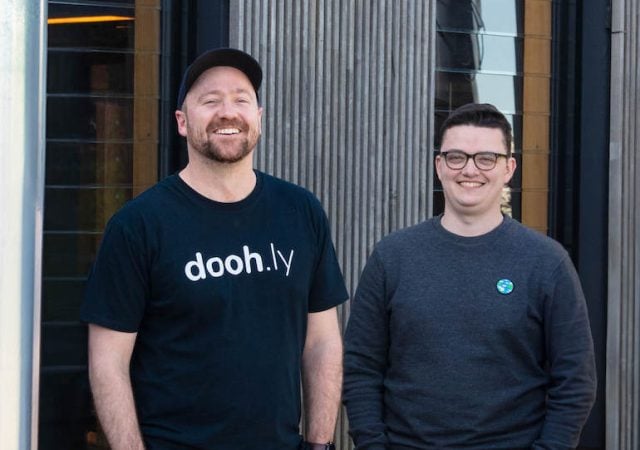Over the past five years, accelerator and incubator programs in Australia have had their ups and downs.
Some have opened, while others have closed, and through it all thousands of startups have applied for a chance to increase their odds of survival and growth.
Having now completed three corporate run accelerator programs (with KPMG, PepsiCo, and Telstra), we’ve learned a thing or two about how to navigate and get the most out of them.
First of all, there’s a big difference between a program being run by a VC or other grassroots organisation, and a corporate program. Programs that come out of the startup ecosystem are looking for fast paced, disruptive businesses that have the potential to scale.
Corporate programs are looking for solutions they can put into play within their own organisation to solve a problem, or as something they can put forward to their customers.
They’re a great option for startups that have a solution built out, are looking for enterprise clients, and perhaps need a little help surviving brutally long sales cycles.
And then within corporate programs, there’s really two groups of staff they have working on them;
- Staff who are solely dedicated to helping the companies in the program, and;
- Staff who participate in the program as an additional part of their role
Some programs will also have a mix of both, where some staff run the program and others are paired up in buddy systems or as mentors. It’s not that one is better or worse than the other, you just need to know who falls into what camp to make the most out of your time in the program.
With that in mind, here’s what I wish I’d known earlier, to get the most out of a corporate accelerator program:
How to navigate bureaucracy
Corporate job titles are hard to decipher, it’s not always clear who the decision makers are, and sometimes you build a relationship with someone over six months and then they leave or move to another team.
All of this is frustrating to experience.
To ease the experience a little, find an advocate you can build a relationship with. This person will tell you who’s who, get you intros, and can give you information. In exchange though, you’ll need to help this person look like a hero to their boss.
At the end of the day, everyone you’re dealing with is going to be an employee who needs to hit their individual targets. Helping them look good at their job helps you get yours done.
For everyone that you meet, research them and their team. Check out what they’re posting and liking on LinkedIn, find out if you have joint interests.
Since you’re likely still in the stage of business where you’re doing things that don’t scale, really work on personalising your outreach and requests from them. Really take the time to get to know their personality, their interests, and what you might be able to help them with.
It’s all about timing
Even if everyone you meet in the program is experiencing the problem you’re solving, it might not be the right time for them. To combat this and keep yourself top of mind when the time is right, invest into becoming a thought leader.
We did this by creating a monthly newsletter that covers industry news, resources, and links. It doesn’t take too much time out of the day, yet has a 25%+ open rate and we regularly get comments from industry leaders that they enjoy it.
When you are in the early days where you spend your time is important, so you’ll need to learn how to spot whether or not someone you’ve just met is worth building a relationship with. Timing is a great way to qualify this. If they’re in the market, definitely spend your time building up rapport, and working your way through the sales process.
If you realise they’re not in the market, get them to subscribe to your newsletter, keep them warm, and move on. They’ll come back to you when the timing is right and might even refer people to your or your newsletter.
Invest in tech to speed up your sales cycle
During our early days, we kept hearing from potential customers that the initial setup of our product was going to require their team to do a lot of data clean up. Now, making sure your data is usable is definitely something every company knows they need to do. But cleaning it up is a huge project that needs to be prioritised, and our product wasn’t enough to send that task up to the to-do list.
So, we built this functionality into our product. We have an automated data cleaning and formatting tool that takes away the friction of needing to do an internal project first. Doing this sped up our demo process by 5x, and our integration time by 10x.
When you’re looking at sales cycles that are 12 months plus, anything you can do to cut that time down is what will keep your business going.
Bonus tip: Don’t look like a startup
Corporates aren’t about disruption, they’re not particularly fast paced, and they have their own processes. You’ll need to get familiar with these, fast. Work to their pace and processes.
Be professional, wear something other than a t-shirt with your logo on it every once in a while, and always remember to ask yourself how you can help the people you’re interacting with either solve a problem, or look good at their job.
- Richard Savoie is the CEO and cofounder of Adiona Tech, a Sydney based logistics optimisation software company, which as participated in accelerators associated with Telstra, KPMG, and PepsiCo.




















Trending
Daily startup news and insights, delivered to your inbox.